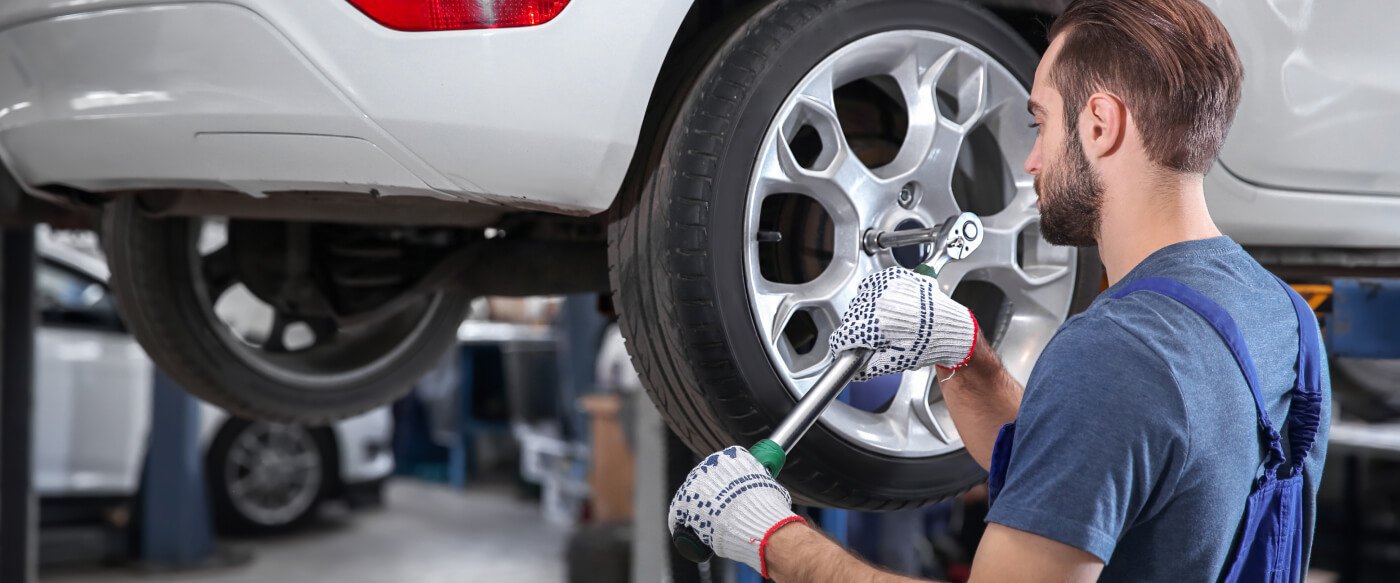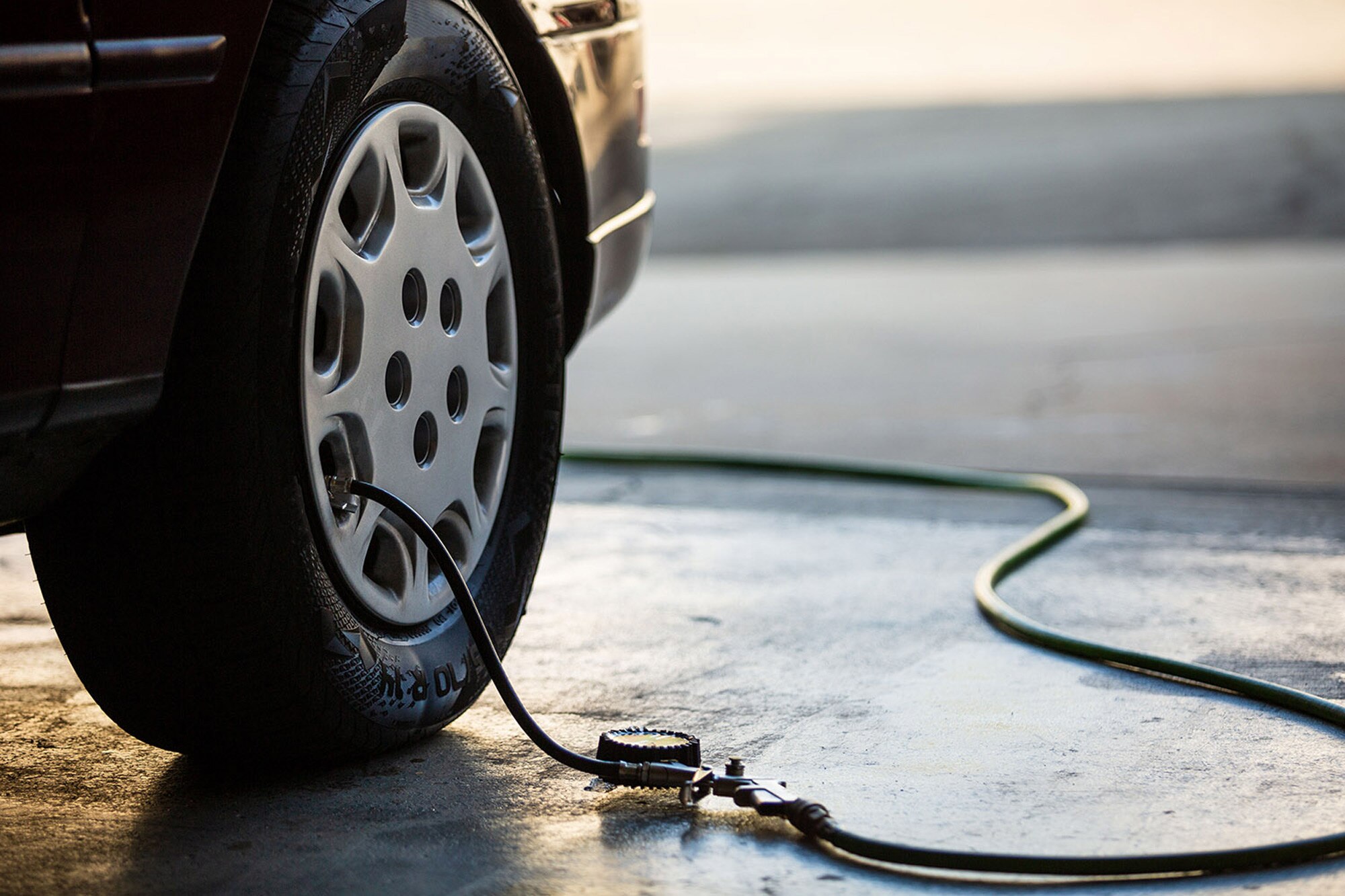Enhance Your Drive: Top-Notch GMC Tires Service at Morris Tires
Enhance Your Drive: Top-Notch GMC Tires Service at Morris Tires
Blog Article
Tire Solution: The Impact of Climate Condition
When it comes to guaranteeing optimal performance and security on the roadway, understanding the impact of climate problems on tire service is important. GMC Tire Service. In this conversation, we will certainly discover the intricate relationship between weather problems and tire solution, losing light on the value of weather-specific tire maintenance practices and considerations.
Warm and Tire Efficiency
When subjected to high temperature levels, tires experience adjustments in efficiency that can dramatically influence car security and handling. The warm generated from long term driving or hot weather conditions creates the tire rubber to soften, leading to minimized walk life and raised wear.

Cold Weather Effects
Cold weather conditions can have a significant effect on tire performance and security. In cool weather, tires might also lose air pressure a lot more rapidly, which can influence handling and fuel efficiency.
To mitigate the results of cool climate on tires, it is essential to consistently inspect tire stress and inflate them to the supplier's recommended levels. Making use of winter months or all-season tires made for cool climate conditions can also improve traction and grip on icy or snowy roads. Proper tire upkeep, including regular assessments for wear and damages, comes to be much more important throughout chillier months to ensure ideal performance and security.
Rainy Issues Effect
Tires with worn-out footsteps are much more susceptible to hydroplaning, where a layer of water develops up between the road and the tire surface area, leading to loss of traction. To combat this, drivers need to regularly check their tires for adequate walk depth and consider spending in tires particularly made for damp conditions.
Furthermore, wet weather condition can likewise reduce exposure, making it challenging for vehicle drivers to see the road in advance plainly (GMC Tire Service). In such conditions, it is vital to change driving rates as necessary and preserve a risk-free complying with range to enable for abrupt stops. Correctly filled with air tires can additionally help in keeping control on damp roadways by offering much better handling and grasp
Snow and Tire Safety
Snow-covered roadways posture special difficulties for chauffeurs, highlighting the value of proper tire choice and upkeep. When driving in snowy conditions, having the best tires can make a significant difference in security and efficiency. Winter season tires are developed with unique rubber substances and walk patterns to offer far better grip on snow and ice contrasted to all-season tires. The much deeper treads and sipes of winter months tires aid grip the road much better, decreasing the threat of sliding and moving.

It is find this vital to comply with maker directions when setting up and making use of tire chains to prevent damages to the tires and car. By selecting the right tires, preserving appropriate inflation, and considering additional traction aids like tire chains, chauffeurs can improve their safety when browsing snow-covered roads.
Weather-Related Tire Upkeep
When faced with different weather, correct tire upkeep ends up being a crucial aspect of car safety and security and efficiency. Weather-related tire upkeep incorporates a variety of practices focused on ensuring ideal tire feature and long life in various weather condition situations. One vital aspect of weather-related tire maintenance is tire pressure regulation. Fluctuating temperatures can cause tire pressure to vary, affecting traction and gas efficiency. Regularly changing and inspecting tire pressure according to supplier suggestions is crucial for safe driving in changing climate condition. Additionally, tire walk deepness plays a significant role in dealing with different weather condition elements. Tires with adequate tread deepness offer much better hold on damp or icy roads, reducing the risk of hydroplaning or skidding. Checking tire step consistently and changing tires when step wear reaches a particular depth is important for maintaining traction and security in negative climate. By prioritizing weather-related tire upkeep, vehicle drivers can boost security, improve vehicle efficiency, and lengthen the life expectancy of their tires.
Conclusion
To conclude, weather have a significant effect on tire performance and safety and security. From look at this site heat influencing tire pressure and put on to winter decreasing grip, it is important to consider the weather when maintaining and making use of tires. Rainy conditions can lower hold and bring about hydroplaning, while snow can boost the risk of mishaps if tires are not properly furnished. Weather-related tire maintenance is essential in making sure optimal performance and safety on the roadways.
In this discussion, we will certainly discover the intricate relationship in between weather conditions and tire service, shedding light on useful link the importance of weather-specific tire maintenance practices and considerations.

Report this page